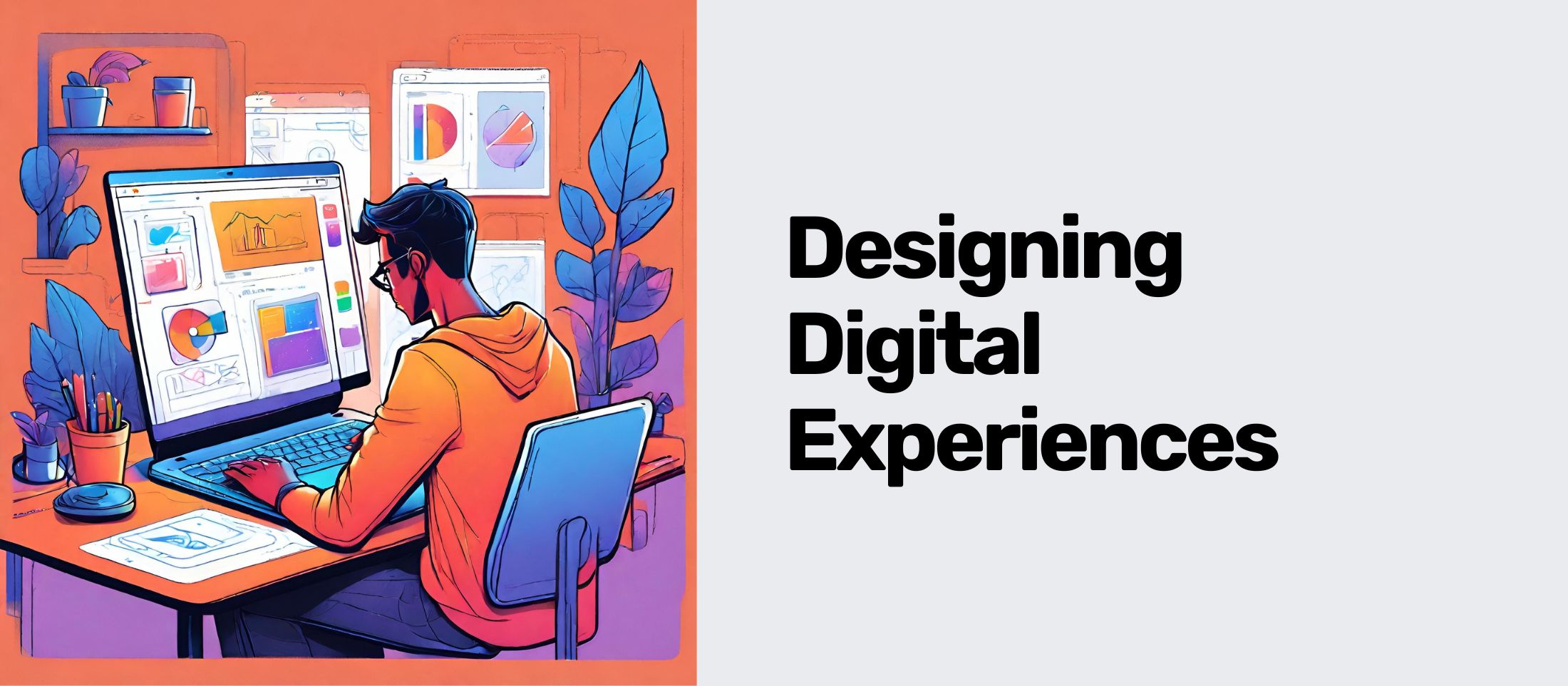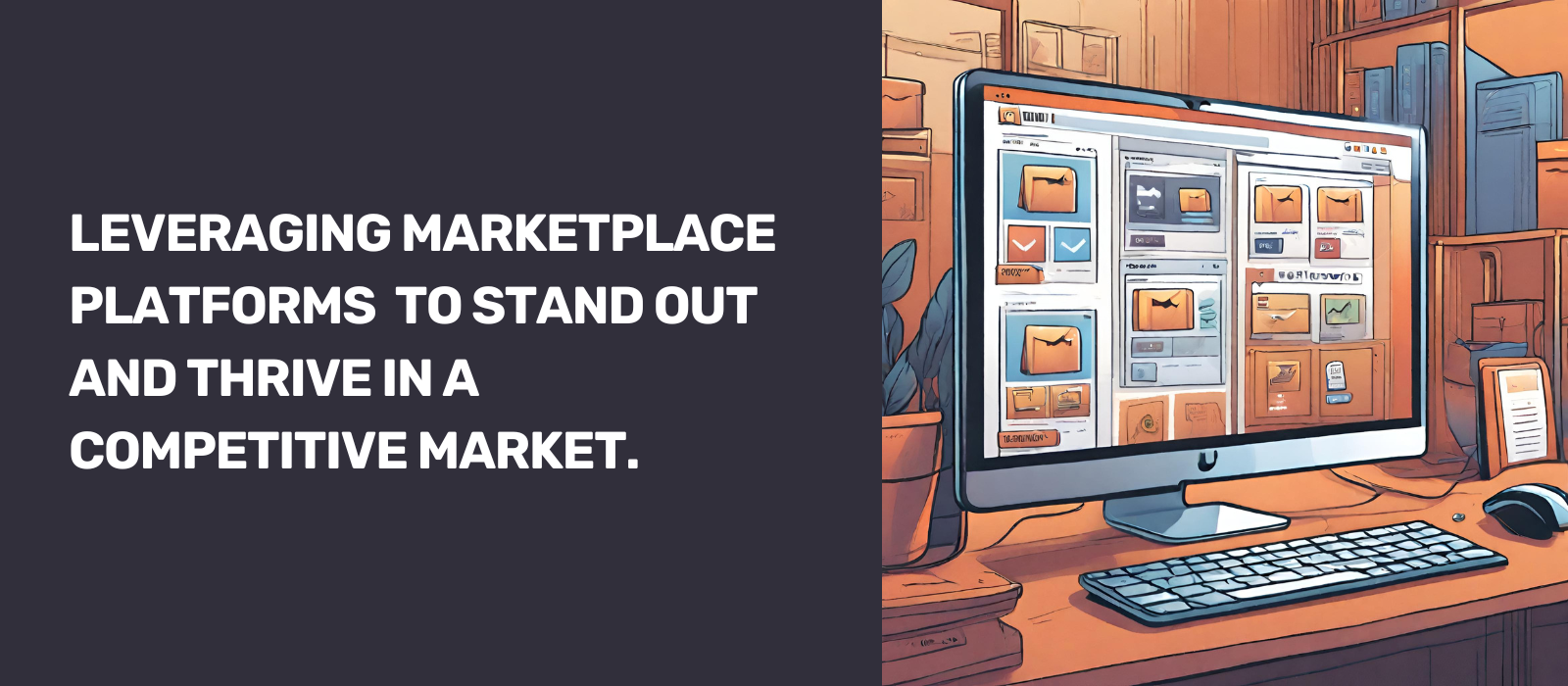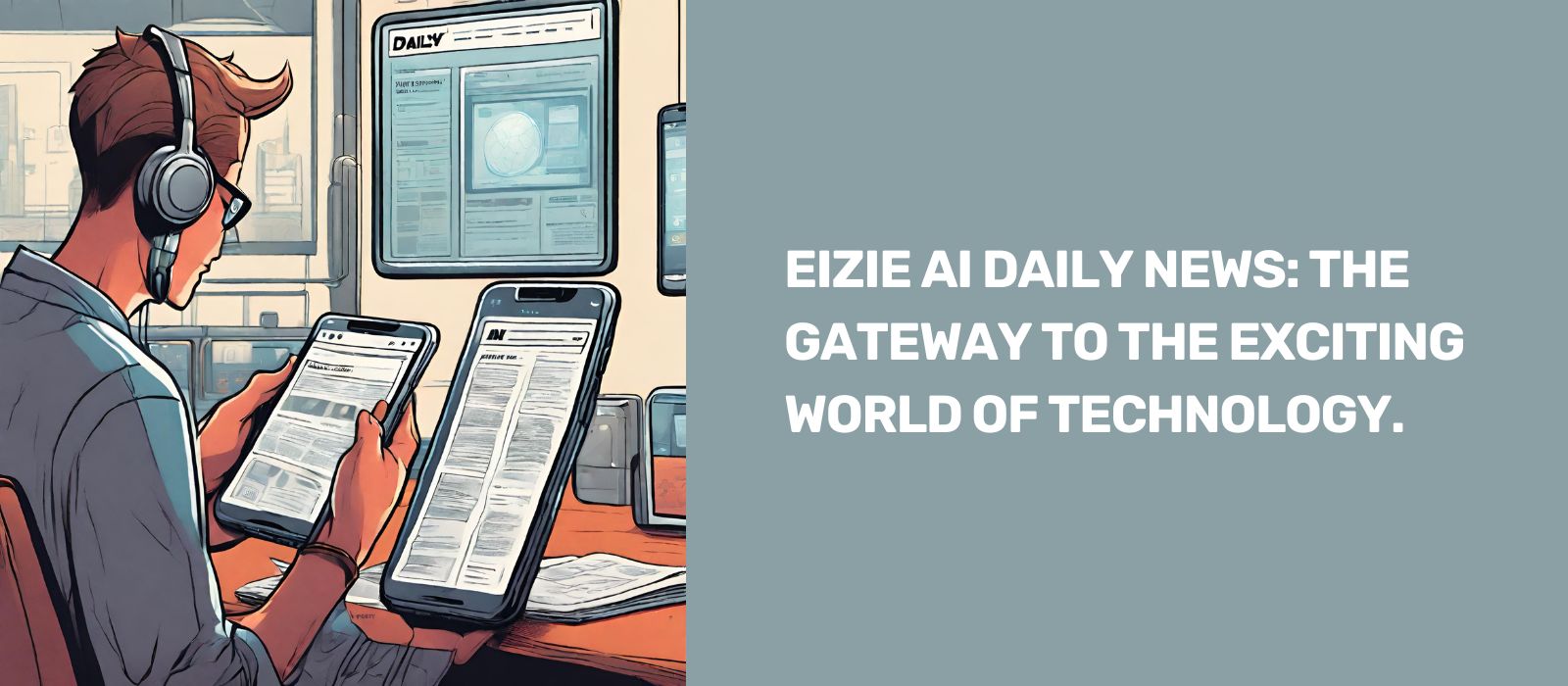
Author: Dilna Parvin
October 25, 2023
User Interface (UI) and User Experience (UX) design are critical components of creating digital products that resonate with users. In the fast-paced world of technology, designing intuitive interfaces is imperative for success. One approach that has gained significant traction and proven to be highly effective is Design Thinking. This methodology puts the user at the center of the design process and emphasizes empathy, ideation, and iteration. Here you can explore, how Design Thinking can be employed to craft intuitive user interfaces that captivate and engage users.
Understanding Design Thinking
Design Thinking is a human-centered, iterative design process that seeks to understand users, challenge assumptions, and redefine problems. It encourages designers to empathize with users, generate creative ideas, and iterate on solutions. The process typically consists of five stages: Empathize, Define, Ideate, Prototype, and Test.
1.Empathize:This stage involves understanding the users' needs, motivations, and pain points by conducting research, interviews, and observations.
2. Define: After gaining insights into users, designers define the problem they are solving and frame it in a human-centric way.
3.Ideate: In this stage, designers brainstorm and generate a wide range of creative solutions to address the defined problem.
4. Prototype: Designers build low-fidelity and high-fidelity prototypes of the solutions generated during the ideation stage.
5. Test: The final prototypes are tested with real users to gather feedback and insights, which are then used to refine and improve the designs.
Empathy: Understanding the User
Empathy is the cornerstone of Design Thinking. To create intuitive UI/UX, designers must step into the shoes of the users and understand their perspectives, challenges, and expectations. Conducting user research, user interviews, and surveys helps in gathering qualitative and quantitative data. Analyzing this data provides valuable insights into users' behaviors, preferences, and pain points.
Designers should focus on uncovering the users' goals and motivations when interacting with the product. What problems are they trying to solve, and how can the interface make their journey smoother and more efficient? By understanding the users deeply, designers can tailor the UI/UX to meet their needs effectively.
Defining the Problem: A Human-Centric Approach
After gaining insights and empathizing with users, it's crucial to define the problem in a way that is centered around the users' perspective. Often, the initial problem may evolve or shift based on the empathy stage's findings. A well-defined problem statement sets the stage for ideation and helps in creating solutions that directly address users' pain points.
For instance, instead of defining the problem as "improve the checkout process," a more human-centric approach would be "simplify the checkout process to reduce user frustration and encourage completed purchases."
Ideation: Fostering Creativity and Innovation
The ideation stage is where creativity flourishes. Designers brainstorm and explore various possibilities to address the defined problem. There are no wrong answers during ideation; every idea is considered valuable and contributes to the creative process. This is the time to think outside the box and challenge conventional notions.
Ideation can be facilitated through brainstorming sessions, mind mapping, storyboarding, and other creative techniques. Collaboration and diversity of perspectives play a vital role in this stage, as they bring a plethora of ideas to the table. The goal is to generate a wide range of innovative solutions that will eventually shape the user interface.
Prototyping: Transforming Ideas into Tangible Solutions
Once the ideas are generated, it's time to transform them into tangible solutions through prototyping. Prototyping involves creating low-fidelity and high-fidelity representations of the design concepts. Low-fidelity prototypes are quick, rough sketches or wireframes that help in testing basic interactions and layout concepts. High-fidelity prototypes, on the other hand, closely resemble the final product and allow for more detailed testing.
Prototyping enables designers to visualize their ideas and understand how users might interact with the product. It's a crucial step in the iterative design process, as it allows for rapid testing and refinement before investing significant resources in development.
Testing: Gathering Insights for Iteration
Testing is the stage where designers gather feedback from users by allowing them to interact with the prototypes. This feedback is invaluable in understanding the strengths and weaknesses of the design. It helps identify areas of improvement and informs necessary iterations.
User testing can be done through usability tests, A/B testing, and user interviews. Analyzing the results helps in refining the UI/UX, making informed design decisions, and ensuring that the final product meets users' needs and expectations.
Iteration: Refining and Enhancing the Design
Design Thinking is an iterative process, and iteration is at its core. Based on the insights gathered from testing, designers go back to the drawing board to refine and enhance the design. This iterative loop continues until the design effectively meets the users' requirements and provides an intuitive and delightful experience.
Iterations are vital for continuously improving the UI/UX, adapting to changing user needs, and staying ahead in a dynamic digital world.
Design Thinking is a powerful approach that places users at the heart of the design process, enabling the creation of intuitive and user-centric UI/UX. By understanding users' needs through empathy, defining the problem in a human-centric manner, fostering creativity during ideation, transforming ideas into prototypes, and gathering feedback through testing, designers can craft interfaces that resonate with and delight users.
In the rapidly evolving world of technology, the significance of intuitive UI/UX cannot be overstated. It is what sets successful digital products apart, making them user-friendly, engaging, and ultimately, indispensable. Embracing Design Thinking in UI/UX design is a step towards creating products that not only meet users' expectations but exceed them, leading to long-term success and user satisfaction.




